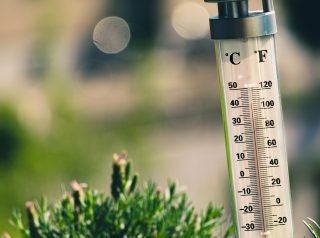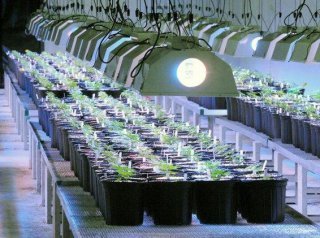Nurturing cannabis is not as simple as it seems. It entails task after task before you could harvest the buds. No worries, though, as every little thing you do is manageable – as long as you know how to – such as keeping the pH level within the optimal range. Like water, light, nutrients, temperature, humidity, it is integral to healthy growth.
Keeping a suitable pH level ensures a balanced and efficient nutrient uptake. Not only do the plants survive, but you could also help them thrive – profusely. With modern-day horticultural tools, you can now easily measure and adjust pH levels even as a beginner in growing marijuana.
Page Content
Understanding pH Levels
To understand the importance of maintaining a suitable pH range, we must first fully grasp what pH levels are.
The potential of Hydrogen (pH) refers to the concentration of Hydrogen ions (H+) in a solution. In essence, pH level is a measure of the alkalinity or acidity of a given solution.
- Acidic (<7)
- Neutral (=7)
- Basic (>7)
On a scale of 0 to 14, the pH level is acidic if it falls within 0 to 6. It means that the solution or medium is more saturated with hydrogen ions. On the other hand, if the pH range is between 8 and 14, the medium is basic because it contains fewer hydrogen ions and more hydroxyl ions (OH-). Solutions such as pure water with a pH level of 7 are considered neutral.
When testing for the substrate’s pH level, remember that the lower the number is, the more acidic it is. Conversely, the higher the number is, the more basic it gets.
Why Should You Optimize pH Levels?
You might be asking, “what does this chemistry stuff have to do with nurturing a cannabis plant, and why should I even care about pH levels?” The quick answer is that pH levels affect how plants absorb nutrients. Hence, incorrect or fluctuating pH levels in the growing medium will lead to stunted growth, which is unarguably something all growers want to avoid.
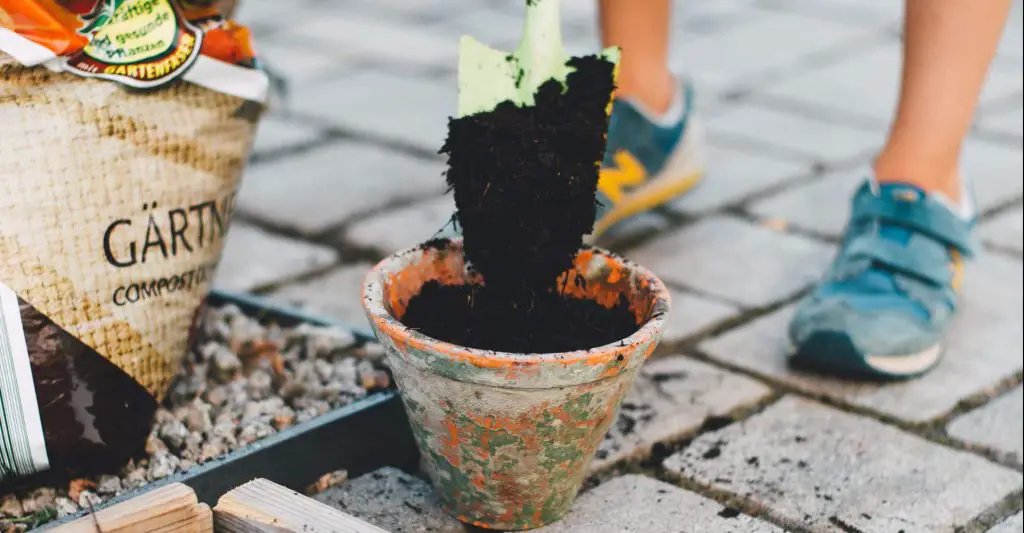
In detail, having the right pH has three advantages, namely:
1. Efficient Nutrient Uptake
Plants need to absorb micro- and macro-nutrients from the growing medium for it to thrive. And, providing proper nourishment lets them grow faster and stronger. They are also healthier and able to resist disease-causing pathogens.
Even if you feed the plant with the best nutrients at the right amount, that would not matter if they could not absorb the much-needed sustenance. While there may be other underlying reasons, the most common cause is improper pH levels.
As the pH strays off the optimal range, your plants start struggling with absorbing some nutrients. For instance, a pH range beyond 7.5 will reduce phosphorus solubility, thereby making it less available for absorption. The farther it falls off – too acidic or too basic – the more minerals the roots fail to assimilate.
Keeping the pH level within the optimal range, on the other hand, ensures that the roots can absorb all the nutrients needed, fueling a healthy growth.
2. Prevents Nutrient Deficiency and Diseases
A suitable pH range significantly lessens the probability of nutrient deficiency. Like humans, cannabis plants pampered with all the essential micro- and macro-nutrients they need are less prone to diseases.
Exposure to frequently fluctuating pH levels or extreme acidity or alkalinity, on the other hand, stresses the plants. An alkaline environment, for example, damages root cells and inhibits seedling growth. It results in the excessive production of reactive oxygen species (ROS), which damages the cell membranes – thereby weakening their resistance to diseases. When left untreated, it could lead to death. And even if they were to survive somehow, the quality of the buds and yields would surely be mediocre.
3. Prevent Pathogen Growth
Most parasitic microorganisms thrive in acidic environments. Hence, making sure that your growing media has the right pH range – neither too acidic nor too basic – will help prevent pathogen proliferation. Doing so will also enhance the survivability of beneficial soil microbes.
What is the Best pH Range for Marijuana Plants?
Marijuana grows best in an acidic-ish environment. But there is no single suitable pH value because each essential nutrient gets absorbed at slightly different levels. That is why denoting the ideal pH as a range rather than a specific number is better. Furthermore, this range is also dependent on the growing media used.
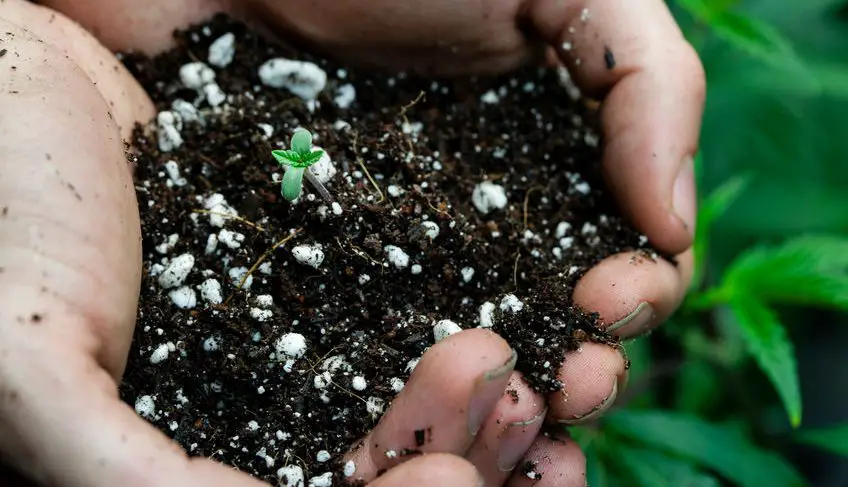
Soil
Typically, the best pH range for soil media is around 6.0 to 6.7. The kind of soil you use matters, too, because each one would have different acidity/alkalinity or mineral content. Loam soil, for instance, is the best for planting as it tends to be neutral. Adjusting its pH level, therefore, is easy. Sandy soils, on the contrary, are usually acidic, while clay substrate is alkaline.
Hydroponics/Coco coir
A hydroponics system poses various advantages over traditional soil media, such as faster and more explosive growth. Not having a buffer against frequent pH fluctuation, though, makes it more pH-sensitive. That is why, compared to soil, it has a more extensive pH range.
Keep the range as close as possible to 6.2 when fine-tuning the nutrient solution’s pH level, but anywhere between 5.5 to 6.5 is acceptable. As for coco coir, aim for a value closest to 5.8 while staying within the said range (5.5-6.5).
How to Troubleshoot Fluctuating pH Levels
Cannabis cultivation is both an art and a scientific process. At first, it may seem daunting. But making sure the pH range of the growing media is suitable for the cannabis plant is quite easy. It only involves four simple steps, namely:
1. Know What Alters the pH Level of the Substrate
The first thing you should know is what substance can change the pH level of your growing media. Generally, anything you add to it can change its pH. Some common examples include:
- Water
- Nutrients
- Compost or fertilizers
- Beneficial microbes or organisms
Before you test for the current pH level of the substrate, it is imperative that you water, feed the plants, or add anything you need to add first. Then, wait for about 10 to 20 minutes to ensure the pH has stabilized before testing it.
2. Test and Measure the pH
Establishing the current or baseline level is the first thing you do before attempting to change your substrate’s pH level. That is how you know whether to lower or increase the value.
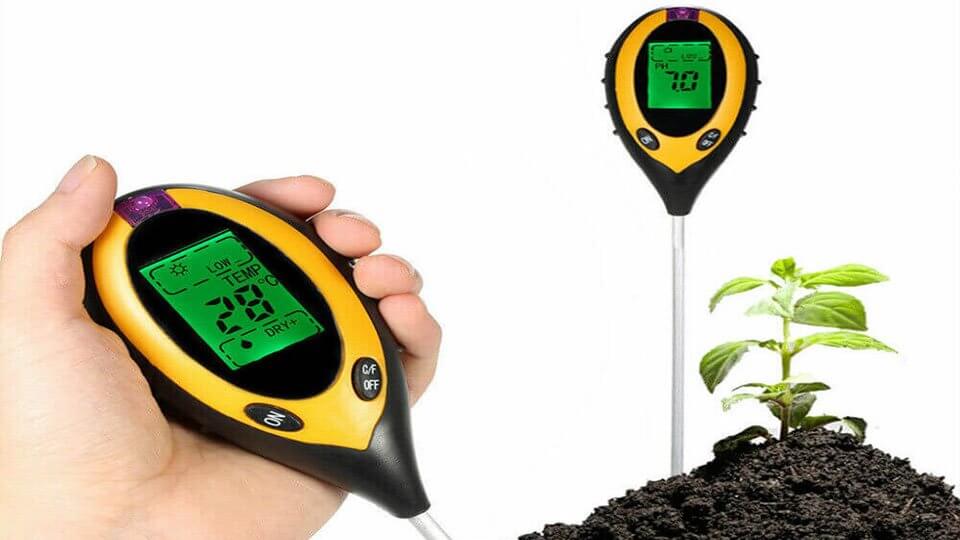
Some of the tools you could use are as follows:
Digital pH Pen
This modern device that looks like a thermometer is simple and straightforward to use. All you have to do is dip the end of the probe into your water/substrate, and the screen would indicate an accurate digital readout of your pH.
Digital pH pens can be extremely cheap or costly, depending on features and quality levels. Some are also high maintenance and need you to handle them carefully. You would also need to recalibrate the meter regularly using pH calibration liquids.
pH Measurement Kits
This measurement kit uses either drops or strips to identify the pH level of your substrate. As opposed to digital pH meters, you have to do manual reading and interpretation when using this test.
To use pH measurement kits, perform the following steps:
- Put some water samples in the provided test tube.
- Add a few drops of the pH fluid (if using drops) or dip the strips in the sample (if using pH strips).
- Compare and match the color in the provided chart to identify the pH value.
These kits are generally cheaper compared to digital pH pens. However, they are inaccurate and hard to read.
3. Adjust Accordingly
Once you have established the baseline pH of the substrate, you can make your judgment whether you should increase or decrease the pH level.
If it is too acidic, you have to increase the pH level until it is within the optimal range. In the same manner, if it is or too alkaline, you have to decrease the pH to suitable levels.
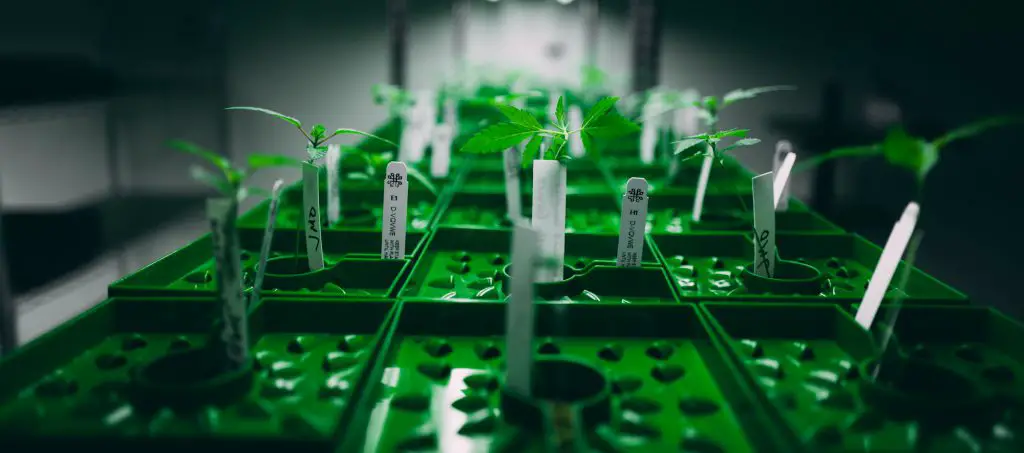
There are various ways of adjusting the pH level, depending on the substrate used.
Hydroponic Setup
For hydroponic setups, the easiest way to adjust the pH is to use solutions called pH up and pH down. Adding a few drops of either of these solutions will help raise or decrease the water’s pH level, respectively.
In doing so, use a blunt-tip syringe for accurate measurements. Always start with small amounts or:
- 2 to 4 mL per gallon for pH up
- 1 mL per gallon for pH down
Then, wait for 15 to 30 minutes before measuring its pH again. Once you reach the desired range, bear in mind that you still have to retest the water every so often and add more pH up or down to stabilize the pH level.
Soil Media
To increase the soil’s pH, you have to add small amounts of any of the following:
- Dolomite lime
- Hardwood ash
- Bone meal
- Crushed marble
- Crushed oyster shells
- Hydrated lime
Meanwhile, to lower the soil pH and make it more acidic, add small amounts of one of the following:
- Sawdust
- Composted leaves
- Wood chips
- Cottonseed meal
- Leaf mold
- Peat moss
NOTES:
- Getting the right balance requires trial-and-error at first. As such, it is always a good measure to add small amounts of the material in small increments until you reach the desired level.
- It is also helpful to note how much of the material or solution was added. That way, you can use the same measurements next time, making pH adjustment easier in the future.
4. Retest
The last step is to retest the pH after adjusting it to make sure that it is within the optimal range. For hydroponics setup, get some sample water then test it. When it comes to soil media, test the first runoff water.
Optimal pH is Key to Healthy Plant Growth
Fluctuations in pH levels are normal occurrences in marijuana horticulture. Thus, keeping its pH level within the optimal range is necessary to ensure the healthy development of the cannabis plant. Doing so will save you from the trouble of dealing with nutrient deficiency, plant stress, and pathogenic attacks.
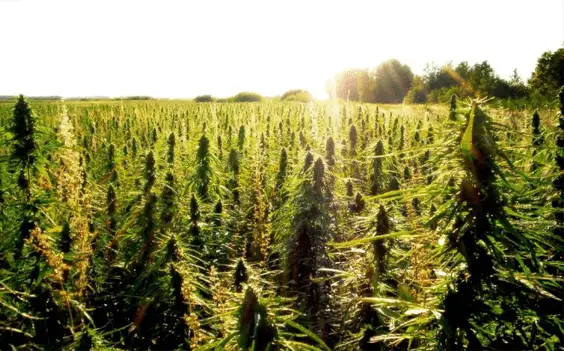
There is no exact formula for optimizing pH levels. It requires a trial and error approach at first, but once you figure out what works best, you can quickly troubleshoot pH problems like a pro. It only takes patience, practice, and accurate measurements.



